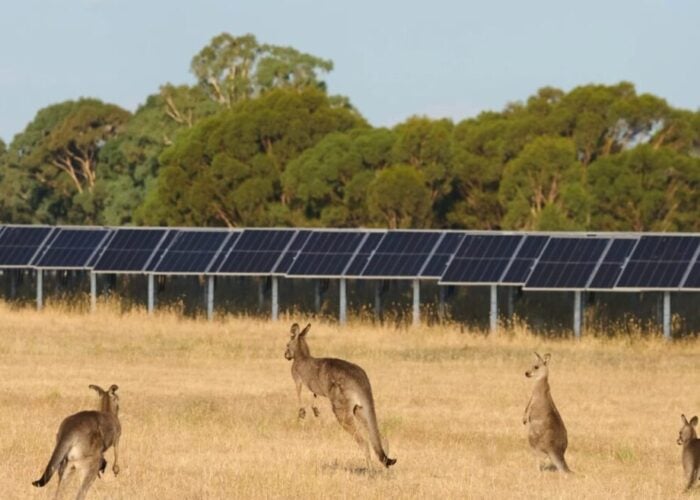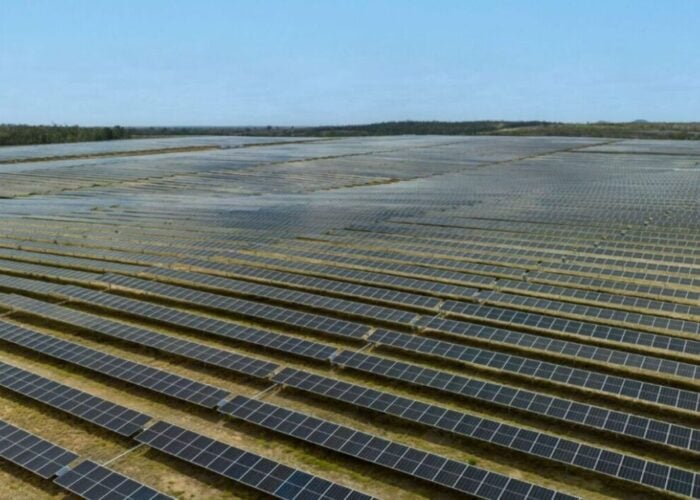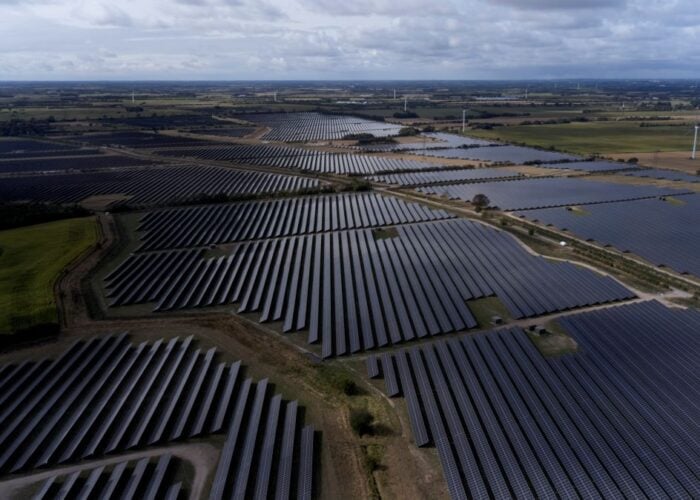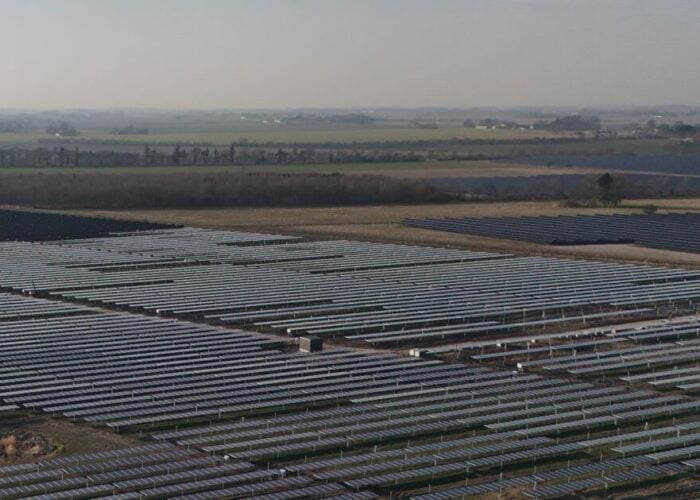
European Energy A/S has developed and opened a solar test centre through a partnership with Denmark’s Technical University (DTU). The center will allow both parties to retain PV energy even better in the future.
The new centre will let both European Energy and DTU to look into the next wave of technical equipment used to generate renewable energy.
Unlock unlimited access for 12 whole months of distinctive global analysis
Photovoltaics International is now included.
- Regular insight and analysis of the industry’s biggest developments
- In-depth interviews with the industry’s leading figures
- Unlimited digital access to the PV Tech Power journal catalogue
- Unlimited digital access to the Photovoltaics International journal catalogue
- Access to more than 1,000 technical papers
- Discounts on Solar Media’s portfolio of events, in-person and virtual
European Energy financed the construction of the test centre, which is located at DTU’s Risø campus. European Energy is also financing several research projects at the centre.
Knud Erik Andersen, CEO of European Energy, said: ” In this project, European Energy gets the opportunity to collect exact data that we can use in our utility scale solar projects all over the world, while the researchers get access to a solar park with the newest hardware in their own backyard.”
Anders Overgaard Bjarklev, president of DTU, added: “At DTU we sense the growing demand for research and competences within solar energy. That is one of the reasons why we recently launched Denmark’s first study programme in solar energy.
“Having the test centre at DTU Risø Campus will provide even better opportunities to do research in the field of solar and to educate engineers who will acquire the most up-to-date knowledge and therefore be able to meet the needs of the industry”.
Going forward, the test centre will conduct examinations of the newest solar cell technologies, along with various tracker structures and energy storage technologies. One product being studied are bi-facial solar panels that absorb energy on both sides of the panel.






